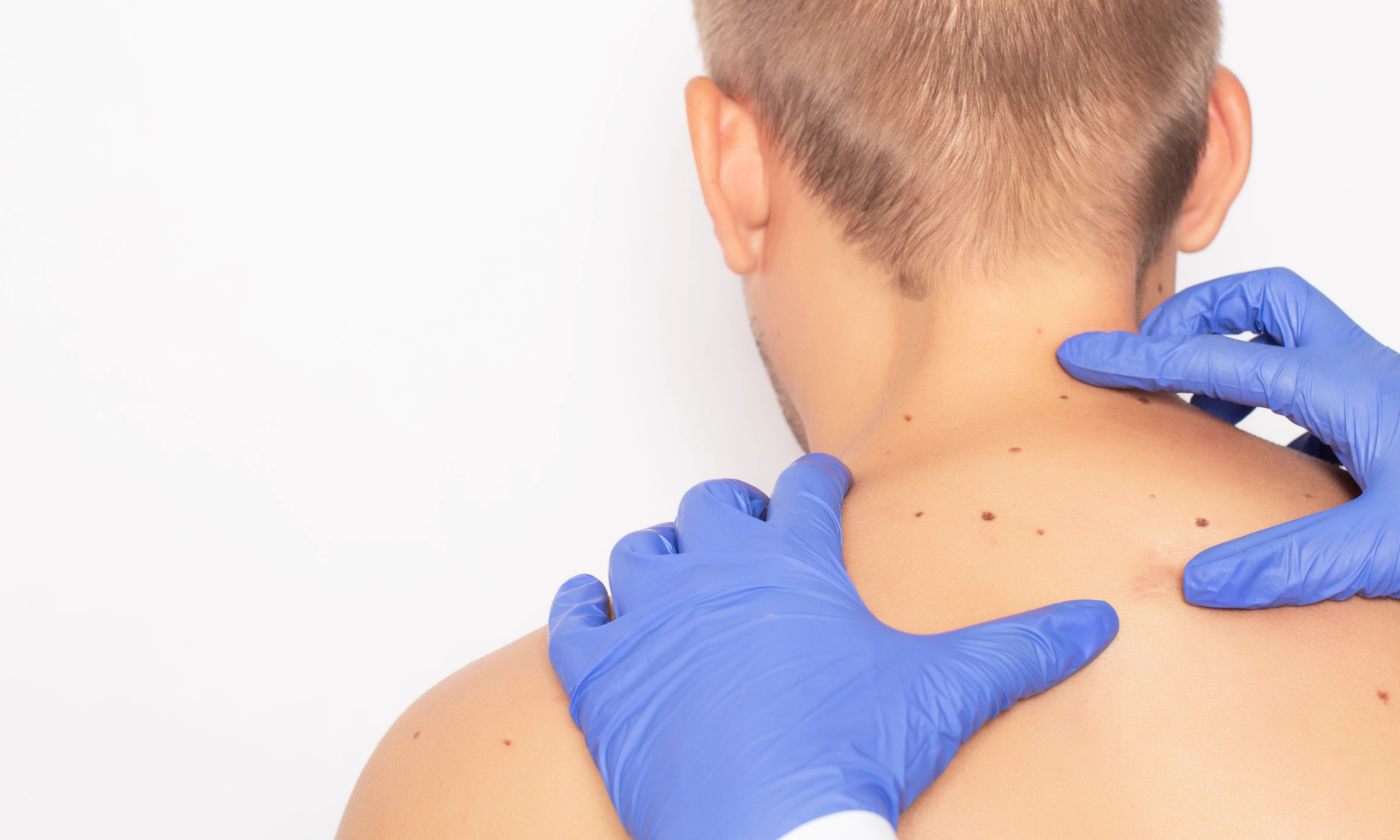Every day, more than 9,500 people in the United States are diagnosed with some form of skin cancer. It is the most common type of cancer and, if not caught early and treated, it can spread to other parts of the body and potentially be deadly. The warning signs you may have skin cancer can vary, so it is important to talk to your doctor if you notice any unusual changes on your skin. Keep reading to learn more about the signs and types of skin cancer and when to get checked.
Basal Cell Carcinoma
As the most common type of skin cancer, BCC looks like a flesh colored, pearl-like bump or pinkish patch on the skin. It forms in the basal cells at the bottom of your epidermis, which is the upper layer of your skin. It is most commonly found on the areas of skin that are exposed to the skin including your ears, arms, legs, face, top of the head and mouth. In most cases, basal cell carcinoma is slow growing, does not spread and is not life threatening.
Squamous Cell Carcinoma
This type of skin cancer can also form as a bump on the skin, but are typically rough to the touch unlike a basal cell carcinoma. It is the second most common type of skin cancer, and people with fair skin are most likely to develop this type.It also tends to form on areas of the skin that are frequently exposed to the sun. Squamous cell carcinoma can grow deep into the skin and spread to other parts of the body.
Melanoma
Melanoma is often considered to be the most serious form of skin cancer due to the tendency to spread to other areas of the body. It can develop in a mole that you already have, or appear suddenly as a dark spot on the skin that looks unusual. Melanoma only makes up about 1% of skin cancers, but causes most skin cancer deaths.
What to Watch For
- An open sore that doesn’t heal or frequently returns
- A lesion that bleeds without being picked at
- A rough, red, scaly patch of skin
- A firm, dome shaped growth
- A flat lesion with a scaly, crusty surface
- A hard lesion that doubles in size in a matter of weeks
- A sore that develops in a scar
- Moles that are asymmetric
- Moles that have irregular edges and are poorly defined
- A mole that contains different colors like red, blue, black, pink or white
- Moles that measure more than ¼ inch across
- A mole that changes in size, shape or color
When to Call Your Doctor
It is important to regularly do your own skin checks to keep an eye on anything that may look unusual. If you notice any changes in your skin or a new mole, the best practice is to visit your primary care physician or dermatologist so they can determine whether or not it is skin cancer.
How to Prevent Skin Cancer
Since most types of skin cancer are caused from exposure to UV rays from the sun, tanning beds or UV lamps, it is possible to take steps to lower your risk.
- Stay in the shade
- Wear sunscreen on any part of the body that is exposed to the sun
- Reapply sunscreen every two hours, or after swimming or sweating
- Wear sunscreen all year round if you’re outside
- Wear clothing that covers your arms and legs
- Wear a hat with a brim that provides shade for your face, head, ears and neck
- Avoid tanning beds
- Wear sunglasses
- Wear sun-protective clothing
- Perform regular self-exams



